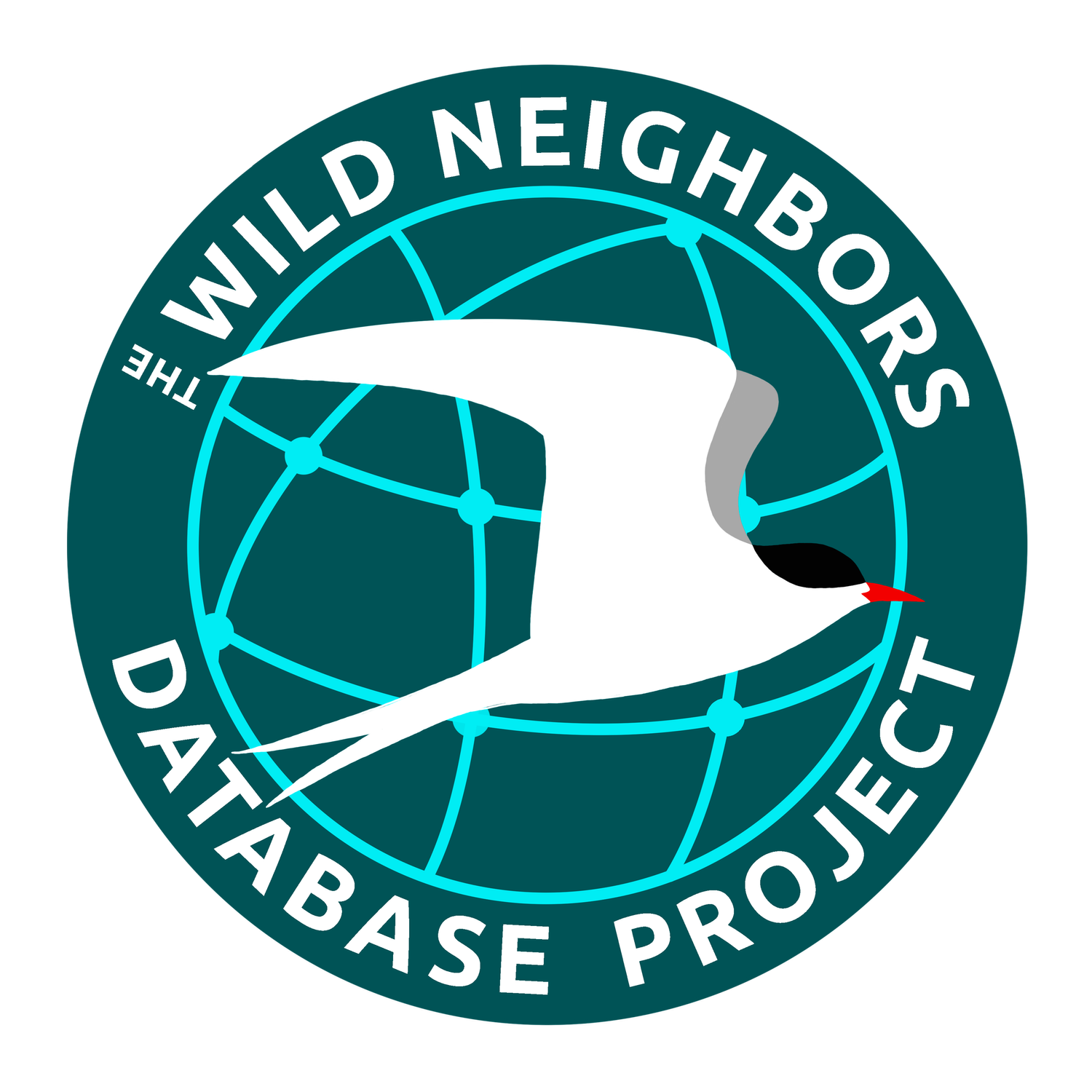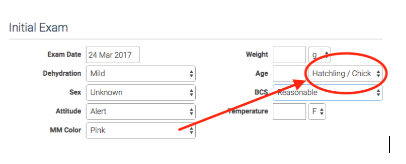Four Reminders for Accurate WRMD Data
It’s that time of year again when we are inundated with fawns, fledglings, and froglets. We hope this post will be helpful to you during this busy season.
When WRMD is used appropriately, it can be a powerful tool. If used a little too creatively, it can interfere with the integrity of your data and affect analytics.
We’ve gathered a few reminders of how to correctly enter data. We often see mistakes in these areas that can make things more difficult for you down the road. We know you are busy, so we have a brief summary of items here at the top, but please scroll down for detailed information on all of these as needed.
*Please identify your patients by using the Common Name from the drop-down menu or your data will be inaccurate. Sometimes you must type it in completely to see it in the drop down. If you can’t find it, message us so we can investigate.
*Do not use an age term as a Common Name. (examples: duckling, fawn, baby bird)
*Each patient needs its own record
*Educational Animals should be recorded as Resident and there is a separate space to enter their name
*Do not enter eggs in the Name field. Eggs should be entered in the Age field.
Identify patients by Common Name:
Choose a Common Name from the drop-down menu
This one correction alone can make the biggest difference to your data. WRMD has nearly every species that could possibly be brought into wildlife rehabilitation, globally.
In rare cases, we have found species not on our list, and we can easily add them when alerted.
Do not use an age term as a Common Name:
Record ages in the field for Age
We often see Duckling, Fawn or Baby Bird as a Common Name. These are not Common Names. It is a term for the age of a species. The database will ignore this Common Name and your data will not be accurate. You will want to record the Common Name as Mallard, Mule Deer, or House Finch and then in the Initial Exam tab you can record the age.
Each patient needs its own record:
When a Common Name is recorded as ducklings x5, it greatly impacts the integrity of the data. When this is entered incorrectly, the Common Name is not being identified and patient numbers will be inaccurate.
Right below the Common Name field there is a field for Number of Patients, where several records can easily be created. If you originally entered duckling X5; what happens if two of those ducklings die and three are released? It will be impossible to record and it will not translate correctly on your State or Federal Report.
Educational animals should be recorded as Resident. There is a separate field for their Name.
Educational Animals should be recorded as Resident in the Location box and their Names can be recorded in the Cage Card box, in the Name field
We often see entries such as ’Education Barn Owl’ or ‘Billy Bob the Barn Owl’ mistakenly placed in the Common Name field. There is a field for the Name of an animal in the Cage Card, specifically for education animals and for the large secret group of rehabbers that name their patients…
Resident patients should maintain a pending Disposition. In the Location box, record them as Resident within the Holding at field.
Do not enter eggs in the Name field. Eggs should be entered in the Age field:
When entering a patient, there is an egg option in the drop down menu of the age field. You can enter the name as unidentified bird or unidentified reptile. If you have lots of these types of entries that need to be changed, you can use batch update to change them all at one time.
One of the best things about WRMD is that it is very easy to use. We strive to keep it this way. We do this by validating the data and need your continued assistance in keeping accurate records for data integrity. We hope these reminders help you to use WRMD more efficiently!




